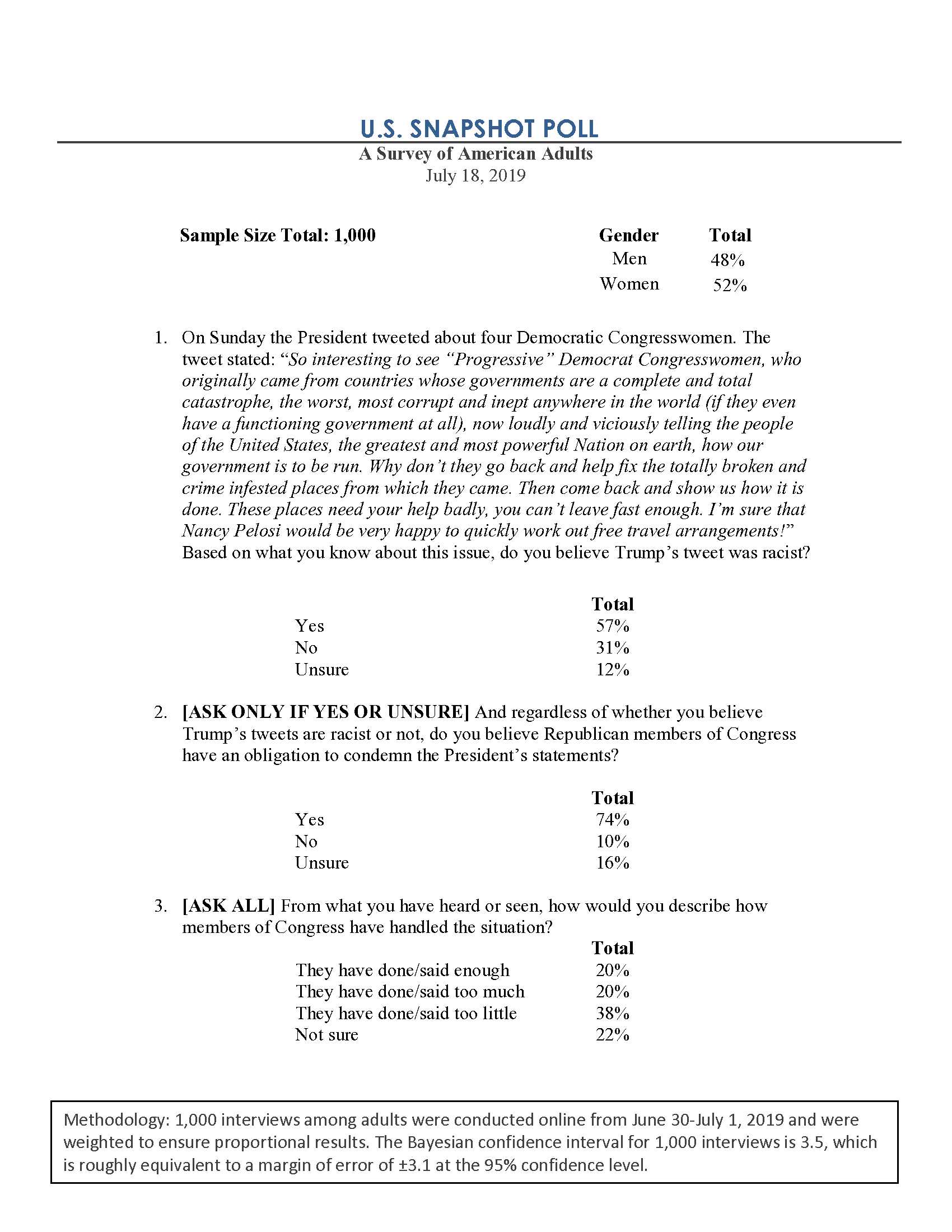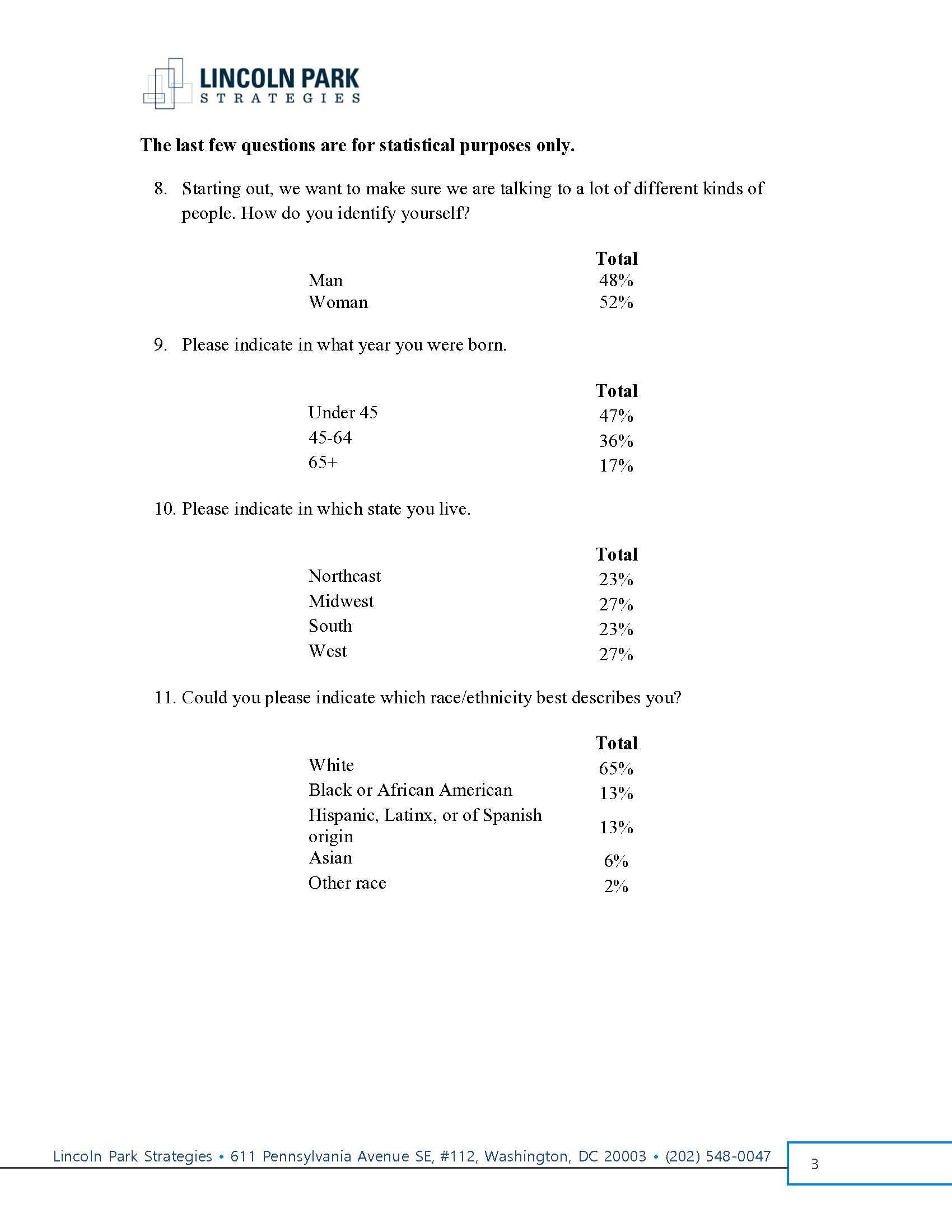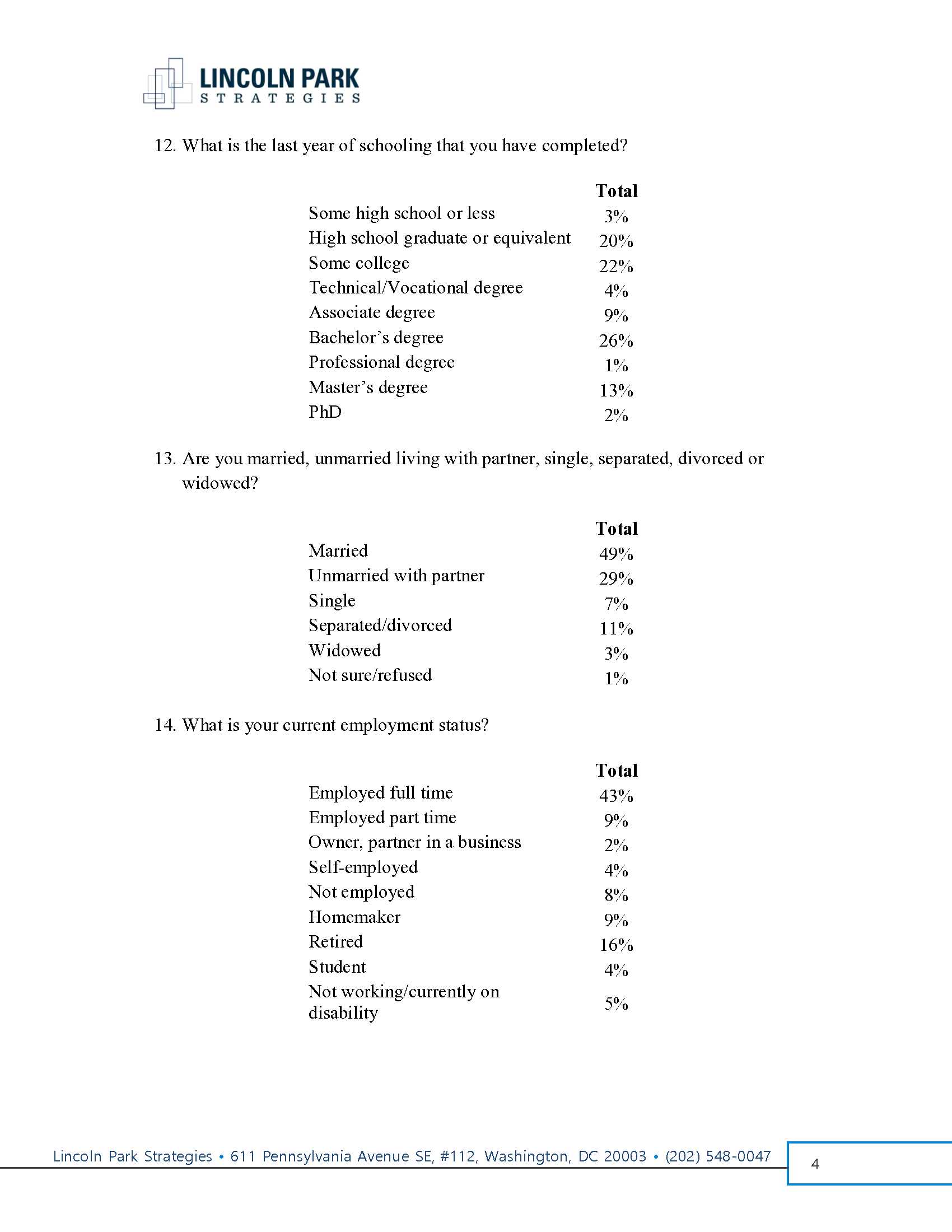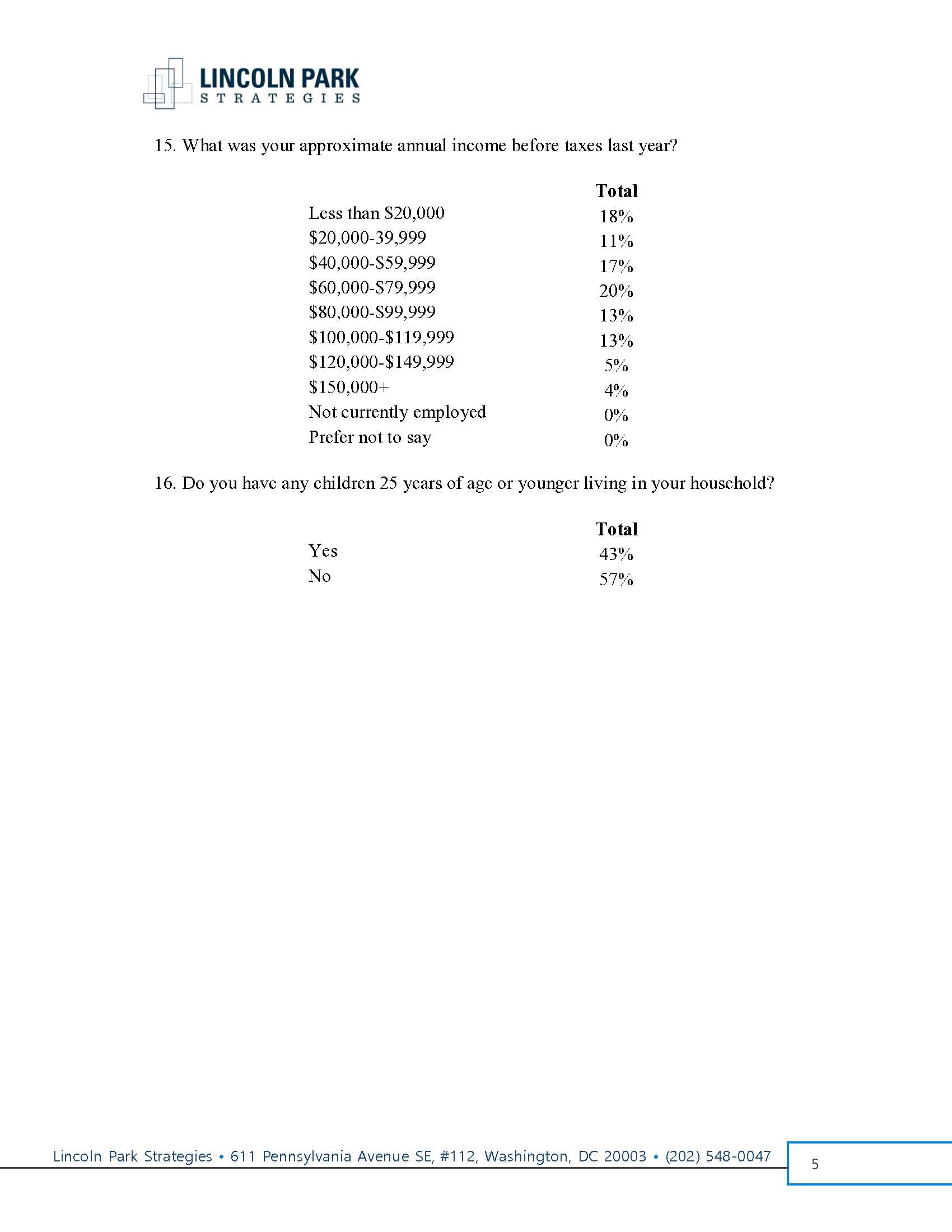This is the second part of a two-part series highlighting the likeliest outcomes for each major party in the 2020 election. As we discussed in our earlier piece, our two-party system is masking many conflicting views that exist within the American public. Our research shows that there are more than ten centers of gravity when it comes to the type of candidate Americans are looking for. This means most Americans are supporting a party that somewhat represents their views, but not entirely.
In Part I the results of our four most likely outcomes for the 2020 election point mostly to trouble for the GOP. Indeed, three of the four scenarios seem to point to an inability for the Republican party to hold together a reasonable coalition of voters at best, or a complete splintering at worst.
In Part 2, we will look at the scenarios for the Democratic Party.
The Future of the Democratic Party
Immediately following President Trump’s surprise victory in 2016, many in the Democratic party have been anxiously looking ahead to the 2020 elections. Hillary Clinton’s remarkable defeat was the second major victory for the right-wing populism movement that is enjoying success across the western world (Brexit being the first). Since November of 2016 there have been multiple countries dealing with this new brand of populism. In France, Germany, Italy, Poland, and Austria, right-wing parties have been enjoying a new level of success putting a strain on local governments as well as a shift in the EU Parliament. As many of these far-right groups have experienced success, far-left groups are also enjoying an insurgent level of support in many countries with the more traditional center-left and center-right parties losing ground.
The United States is unique in that there are only two viable parties in our system of government. While there is a growing gap between Republicans and Democrats, the loss of support that the traditional parties have seen across the Atlantic is different due to the lack of alternate choices. As such, the political landscape in the US is unified by frustration with politics and little else.
With the Iowa, New Hampshire, Nevada, South Carolina, and Super Tuesday in the rear-view mirror, the field has narrowed to two main candidates vying to take on President Trump in the general election. Thus far, the race has been unpredictable, volatile, and dynamic. Within the party, we have seen new formidable candidates enter the race, perceived front-runners fall in the ranks, and a certain degree of hostility within the party borne out of urgency and pressure as the stakes have been raised throughout the election process. As we did for the GOP in Part 1 of this post over the summer, we are going to look at those outcomes and what it could mean for the Democratic Party moving into 2021.
---
For the purposes of this analysis we are assuming that either Biden or Sanders will be the nominee, and a different candidate will not be chosen at the convention. Given this assumption, there are four main scenarios, in our opinion, that could happen on the Democratic side in the 2020 presidential election:
Scenario #1:
A Moderate or Progressive Democrat beats Trump.
A Democrat winning in November of 2020 would likely be viewed favorably by most from the center-left to far-left end of the spectrum. There are certainly voters who would be less than excited for the Democrat’s win (for example a President Sanders would not be the ideal choice for the more moderate Democrats, nor would a President Biden for the more progressive Dems). However, data shows that defeating Trump is the main desired outcome for Democrats, regardless of where on the ideological spectrum they are. This unifying force among Democratic voters, in the wake of success, may be strong enough to subside inner party tension between moderates and liberals. Clearly there will be disagreements over policy, and some will feel that things are being pushed too far or not far enough, but the status quo for the party is likely to remain in this scenario.
A win for the Democratic nominee will likely mean that the party once again enjoyed success in the big three great lakes states (PA, MI, WI) and perhaps even won another state or two in other parts of the country (we’re looking at you Florida, North Carolina, and Arizona). Regardless of the exact electoral count a coalition would come together in this scenario to propel the nominee into the White House. It is also likely in this scenario that there was a bigger base turnout than what happened in 2016 as well as a higher level of success in the suburban areas giving both the more progressive and moderate minded party members a talking point on what was the key to success.
It is difficult to determine the likelihood of this scenario at this point in the process and tensions between some on the left and some in the more moderate camp have already begun between the #bernieorbust and #neversanders voters. For the future of the party and success in November the hope is that these divides will be mended, but we will have to wait and see.
Scenario #2:
Sanders wins the Primary nomination but loses against Trump.
The difficulties of finding a decided Democratic front-runner candidate highlight the main divide within the party: should the party move left or stay close to the center in order to win the election? Reflecting back to 2016, many on the far left find the cause of Clinton’s defeat within her lack of progressiveness seeing as much of the Democratic base did not show her support in key states. This kind of rhetoric currently fuels support for a progressive candidate to be the Democratic Nominee in the 2020 Presidential race.
If Sanders wins the nomination but loses the election, it will likely take some wind out of the sails for the left. The more moderate wing will push to be in control of the party moving forward, creating an even bigger rift between the two ends of the spectrum. If this scenario occurs, it seems unlikely that the GOP would lose control of the Senate and it also seems plausible that the House switches back to GOP control. If the GOP won control of all three branches of government, it is hard to see how the party can hold together in a meaningful way.
Based on recent results and polling data, this scenario is experiencing a lower level of likelihood as Bernie Sanders is behind in delegate votes and might not perform as well in states like Michigan and Missouri as he did four years ago (but we will have to wait and see what the outcome is). If he does enter the convention with a plurality of delegates, he has made clear that he believes he should get the nod from the party.
While defeating Trump is viewed as job number one, the more moderate side of the Democratic party still has strong reservations over a Sanders nomination. Democrats are wary of the cost of supporting a candidate so far from the party center, and this sentiment unfolded on the debate stage in South Carolina as other Democratic candidates warned voters of the risk a far-left progressive candidate poses to victory against Trump.
If Sanders were to get the nomination, we will see if he can win over the doubts of moderate Democrats. This will be difficult given his rhetoric about the “Democratic Elites” and other terms. In addition, moderate candidates running in tough districts around the country are going to have to decide on whether or not to support Sanders’ ideas or create distance. If they embrace his ideas (‘accept them’ might be a better term) they will definitely create a headwind for their re-election. If they walk away from the ideas Sanders is espousing, then the story becomes how the establishment is not supporting their party’s nomination. This situation is made even more difficult given the fact that sweeping plans like Medicare for All have just about zero chance of ever getting through Congress.
Given all these factors is it tough to see a functioning party exit the 2020 election intact.
Scenario #3:
Biden wins Primary nomination but loses against Trump.
In predicting the result of this scenario, the Democratic backlash from the 2016 Presidential Election provides an indication of the outcome. As discussed earlier, in the wake of a disappointing defeat, many liberals pointed to Hilary’s lack of progressiveness as the gateway for Trump’s victory. Amidst four years of increasing political tension fueled by an urgency to oust the current administration, it is reasonable to predict that if a moderate Democrat wins in the primary and is unable to beat Trump, it would be tough for the party to hold together. In the shadow of a second defeat and a frustrated far-left, fingers would be pointed and blame would be placed further exacerbating inner party divides.
A schism in the party seems more likely in this scenario given the anger that would likely erupt on the far left, and the likely lack of a credible argument from the moderate side for a more measured approach. The worst case for the party in this scenario is a breakup of the party, which is plausible but not very likely. Certainly, the party would move further to the left making the long-term prospects of the party as a home for moderates questionable at best.
After Super Tuesday, this scenario is experiencing an increased level of likelihood as Joe Biden is leading in delegate votes. After a rough start from the Iowa Caucus to the Nevada Primary, Biden’s decisive win in South Carolina propelled him back into the race and with enough momentum to take away the most delegates and claim victory for 10 out of 14 states on Super Tuesday. He is arguably in the best position going into the next round of primaries on March 10th, but we will have to wait and see what the outcome is.
If this scenario happens it seems virtually certain that the GOP would hold the Senate leaving the Democrats in the position of being able to do very little with an emboldened Trump and a Senate moving through legislation with 50 votes. Control of the House also be in question, but maybe less so than in Scenario 2.
Scenario #4:
A Democratic candidate wins the nomination, the losing ideological faction of the party runs as a third-party, and Trump wins.
This is the nightmare situation for Democrats. If Democrats are unable to set aside their political differences and work together to beat Trump, their disunity would guarantee Trump wins re-election. The blame for the inability to win would move from more theoretical (as in Scenario 2 and 3) to crystal clear. The ability for the two sides to come together in this situation is even harder to imagine.
This would not just divide voters, but also the financial backing from Democrat donors, the messaging, and the general infrastructure of the party. Post-election the focus would likely be on infighting as opposed to a unified front in a way that makes survival of the party hard to imagine. The possible interesting outcome of this scenario would be if the center-left and center-right come together creating a new party with the far left and far right out on their own.
Given the fact that this scenario spells a clear victory for the GOP and that Democrats are unified by ousting Trump from office, this scenario seems unthinkable. But, we will have to see how the rest of the primary election plays out.
Conclusions:
The Democratic Party’s future is up in the air, and most of these scenarios suggests troubled waters are ahead. First and foremost, the current threat to a Democratic victory are the divides that exist within the party itself. Until there is a Democratic front-runner, it will be hard to envision a future where the Democratic Party can successfully take down the GOP.
Although there are many ways 2020 could turn out, what is apparent is that there will be ramifications for the long-term direction of both parties. Whether parties struggle to unite, move toward the center, or further into their respective corners, 2020 will be among the most consequential elections in our nation's history.
Regardless of the outcome, one thing is clear – at the root of the struggle is the structure of a two party system based on two choices, and the frustration of an electorate that needs more. Regardless all the research, data, and polling, only time will tell which outcome will come to fruition.
















